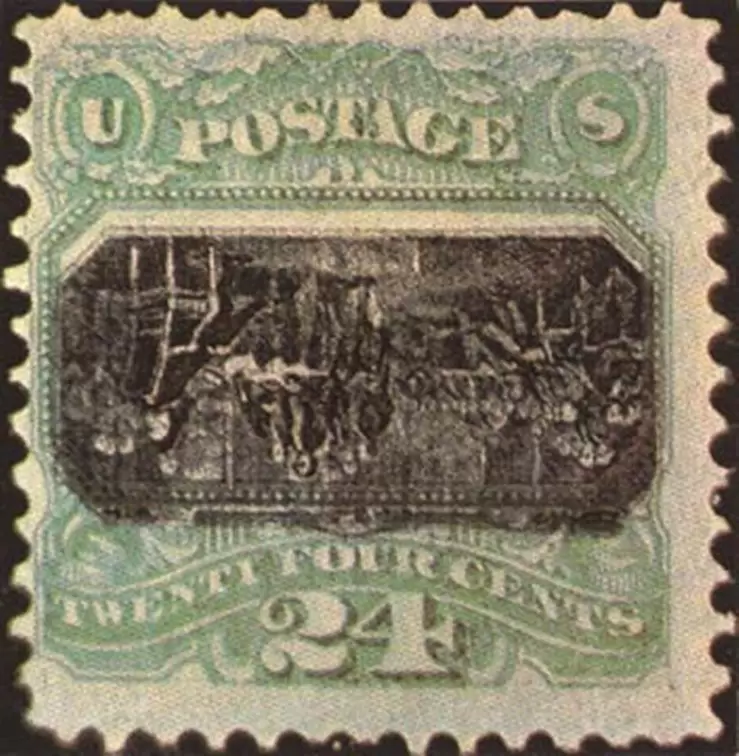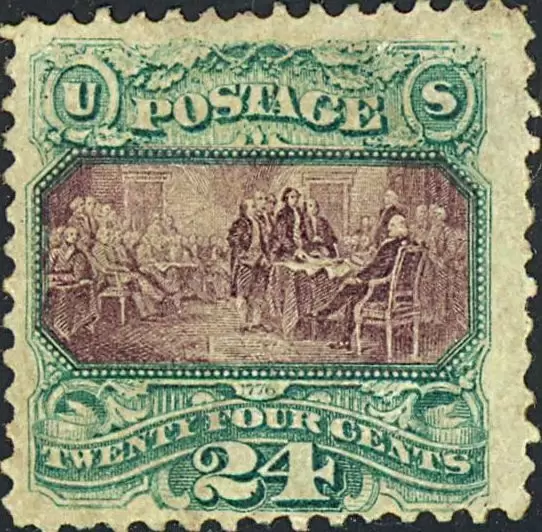
The 1869 Pictorial stamps of the United States are highly sought after by stamp collectors due to their rarity, significance as firsts, and unique printing errors. These stamps were printed during President Ulysses S. Grant’s administration but were conceived in 1868, a time of political turmoil following the impeachment of President Andrew Johnson.
The 1869 Pictorials were the first U.S. stamps to be printed using two colors, a significant departure from previous single-color stamps. They depicted scenes, such as Columbus’s arrival in America, marking a departure from the previous practice of featuring only portraits on stamps.
One notable aspect of these stamps is their printing error known as the “invert error.” Due to the printing process requiring separate printing of each color, some sheets were accidentally fed into the press upside down, resulting in stamps with inverted images. These invert errors are highly prized by collectors for their rarity and uniqueness.
One famous instance involving the 1869 Pictorial stamps occurred in 1938 when a four-stamp block featuring the 24-cent inverts depicting John Turnbull’s painting, Declaration of Independence, was sold at auction in London. This auction attracted worldwide attention as it was the first time a transatlantic telephone line was used for purchasing a lot at an auction, underscoring the significance and appeal of these rare stamps to collectors around the globe. This version is one of the most expensive stamps because of the accidentally inverted picture. Only four are known to exist. It last sold for $1.2 million in 2008 to the surprise of many philatelists.

